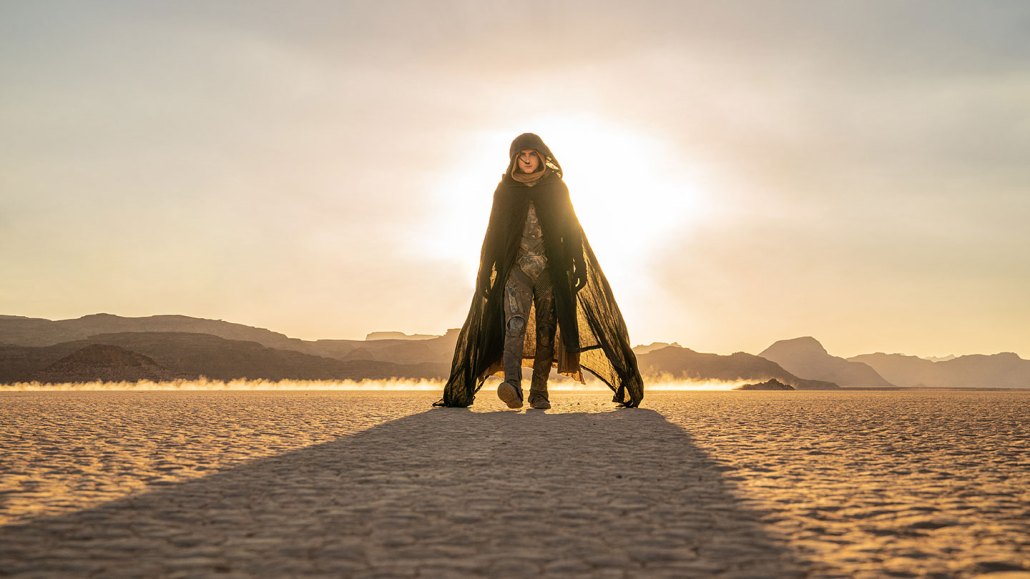
Planets
The desert planet in ‘Dune’ is pretty realistic, scientists say
Humans could live on the fictional planet Arrakis from Dune. But thankfully giant sandworms probably could not.
Come explore with us!

Humans could live on the fictional planet Arrakis from Dune. But thankfully giant sandworms probably could not.

Three grand-award winners each took home at least $50,000. Hundreds more teens shared more than $9 million in prizes at the international competition.

Some animals help fight climate change by boosting the amount of carbon dioxide that plants, algae and bacteria absorb from the atmosphere.

By March, the United States had more measles cases than in all of 2023. It was part of a global trend. The way to halt measles’ spread: vaccinations.

Inspired by his research in animal communication, Echeverri began exploring ways to teach others about science while finishing his Ph.D. Today, he shares his passion for spiders as a science communicator.

In a study of more than 400 mammal species, less than half have males that are heavier than females.

These special memory cells were present in people with allergies and absent in those without.

Its yellow flowers can cool themselves substantially, staying up to 10 degrees C (18 degrees F) cooler in extreme heat.

Under stress, a chemical change signals these water bears to switch between live and mostly dead.

Called lianas,these vines are growing out of control. They may cause tropical forests to absorb less carbon dioxide — worsening climate change.